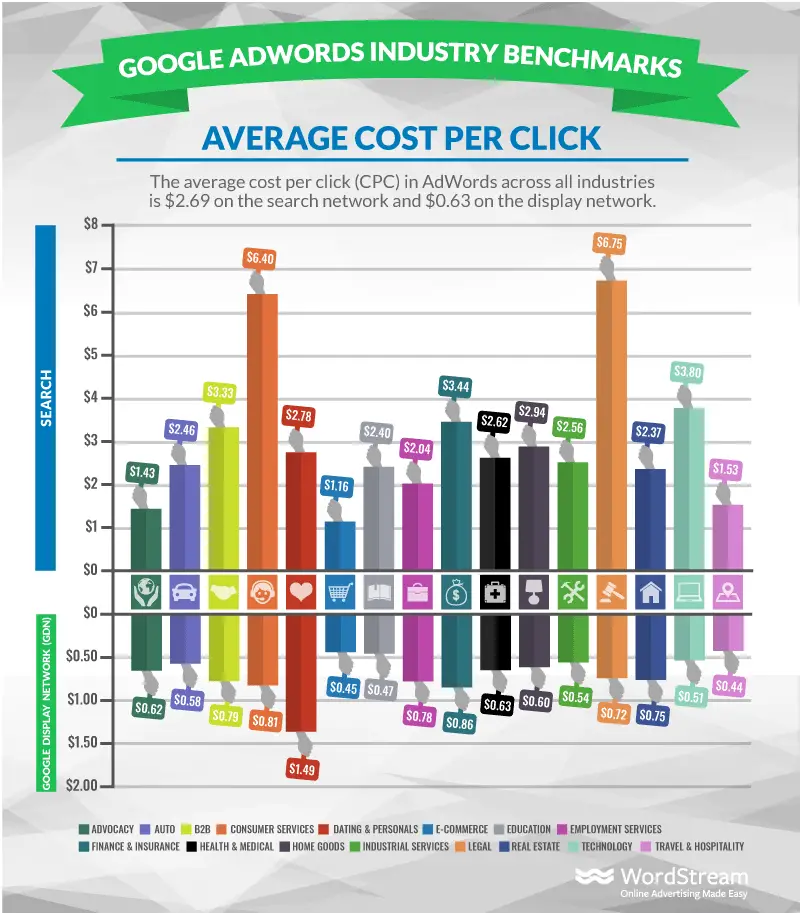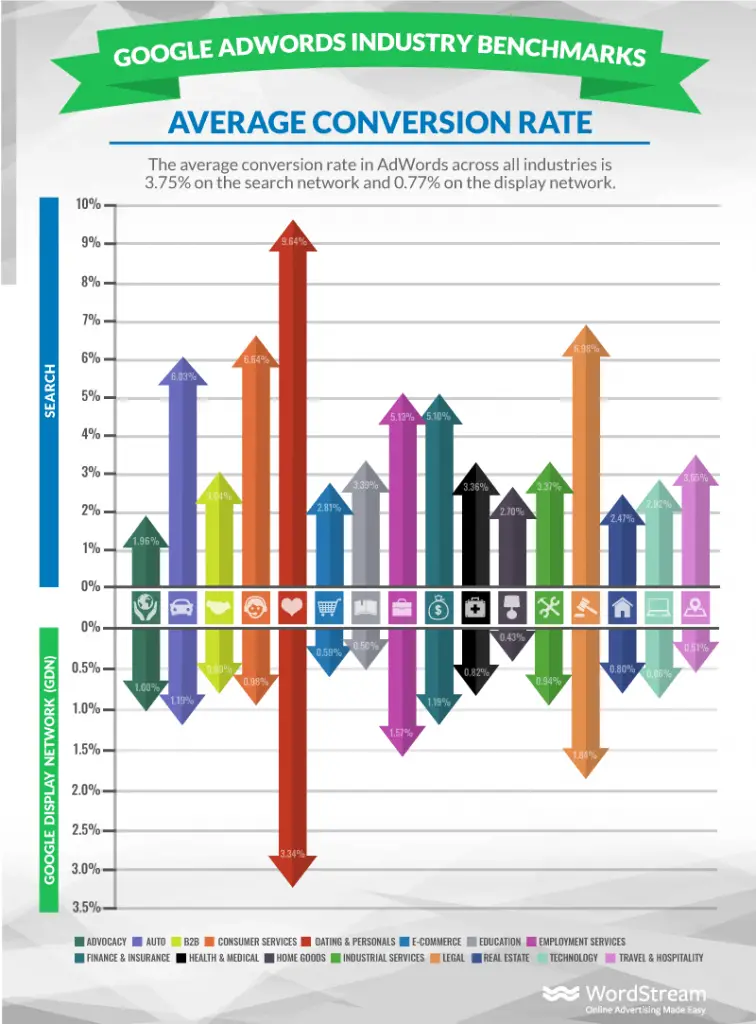Every niche has it’s own little world and within that world there is some jargon, slang words or euphemisms. Affiliate marketing is no different from that and ‘EPC’ is one of those words. But should you be concerned? Not at all! Let’s dive into some of the details because knowing your EPC is a crucial factor.
What Does EPC Stand For In Affiliate Marketing?
EPC in affiliate marketing stands for Earnings Per Click. It is used to calculate how much profit is being made, usually per 100 clicks. This metric is often used in PPC or email marketing campaigns. Profits divided by the amount of clicks sent to an offer estimate the earnings made per 1 click.
How Is EPC Calculated?
Earnings per click is calculated by dividing your total profit by the amount of clicks that were sent to a particular offer. However, there is one more factor that should be added to this equation. You should always take in consideration how much have you spent on advertising.
Situation #1
Let’s say that you are running a PPC (Pay-Per-Click) advertisement campaign on Google Ads and you spent $500 on advertising. Let’s assume that you have received 739 clicks to your product sales page or some affiliate link that you are promoting.
This means that your Cost per Click is almost $0.68.
Now, let’s assume that you have made $1000 in sales after sending in traffic. Your Earnings Per Click would be $1.35.
After subtracting your $1.35 EPC and $0.68 CPC, you are making an average profit of $0.67 for each click you send. At this point, it would be wise to scale your campaign by increasing your daily ad spent budget. Another possibility would be to optimize your campaign to squeeze a higher EPC, or to split test a different sales page. There are many possibilities.

Situation #2
We are running another PPC campaign and the traffic is being split to two, slightly different, sales pages. We have spent $1000 so far and received a total of 750 clicks.
The CPC for this campaign averages $0.75.
However, page A received 400 clicks and generated $100 in sales, and page B received 350 clicks and generated $700 in sales.
The EPC for page A is $0.25, while the EPC for page B is $2. That’s a huge difference.
This tells us that variant A of our sales page is heavily under-performing and we should either optimize or kill it. At this point it would be wise only to focus on the higher performing sales page. The winner is obvious.
While the whole campaign performs at a $200 loss, we should continue sending traffic to sales page B and let it make up for the losses; eventually breaking even and starting yielding profits.
Situation #3
We have spent $1000 in ad revenue. The campaign was poorly optimized to the point that we have received 200 overpaid clicks. CPC equals $5.
Those clicks generated only $400 in sales revenue; that is $4 EPC.
$4 – $5 = -$1
This means that we are losing $1 for every click delivered to the sales page. Highly cost-ineffective. We should pause such campaign as soon as possible and adjust the bids & focus on a better keyword research.
Important Tip: The Earnings Per Click (EPC) has to be higher than the Cost Per Click (CPC) in order to make profit or at least breakeven and generate leads for your business.
Additionally, in various affiliate networks, the EPC rate is usually calculated on a 100 click basis. Your total commission is divided by 100 clicks and that is the average earning rate for a particular offer.
What Is a Good EPC Rate?
A good Earnings Per Click rate should always be higher than your current Cost Per Click. Only then it is possible to have a profitable Ad Campaign. In a perfect scenario, EPC should be twice as much as your Cost Per Click. That is, when you are able to earn $2 on every $1 spent on your ads.
Even if you are running an ad campaign focused purely on lead generation, you will want to monetize that audience in the future.
Here is a decent statistic made by WordStream on the average CPC in various niches.

As we can see on the chart, when promoting an offer, it is essential to have EPC higher than the average CPC. Of course, average CPC can vary a lot depending on the quality of your ads, your landing page, sales copy, etc. There are a lot of things that sum up for a successful ad campaign. This is why your EPC might be as low as $0 (you are losing money on ads) and much higher than the average CPC (having a profitable campaign).
Does The Conversion Rate Matter?
It is worthwhile mentioning also about the average conversion rates. After receiving a click, it isn’t guaranteed that this particular visitor will be interested in opting into your email list or buying your offer.
Some affiliates like to send visitors straight to the offer page while some prefer to build a mailing list upfront. The first one might yield faster profit but you are not building any email list, which can turn into a solid asset. You might ask, how can an email list be an asset?
In the latter, an advertiser is focused on the long-term strategy. A subscriber list / email list is something that you own and can monetize in any way you like. After sending a visitor to your page, when they are gone and most probably never come back.
When you got a subscriber, which visited your page and had left, you can email them several times, warm them up, tell about similar solutions to that offer solves. This way it is more likely to monetize a subscriber in the upcoming days or weeks rather than letting them away.

Is Earning Per Click The Same As Pay Per Click?
Earning Per Click (EPC) is different than Pay Per Click (PPC). EPC shows how much profit was made with a specific amount of clicks sent to an offer, while PPC is an advertising model in which advertisers pay only when users click their ads.
Nevertheless, both of these metrics are important factors to judge if your campaigns are profitable, breaking even or at a loss.
What Does 7-Day EPC Mean?
7-Day EPC is usually used in affiliate networks and mean that the average earnings per click are calculated over a 7 day period. This applies to any offer and gives an estimate how much affiliates earn after sending 100 clicks. The data gathered starts from yesterday, counting 7 days back.
If an affiliate network is showing a $50 7-day EPC on a particular offer, this means that the average earning after sending 100 clicks is $50.


